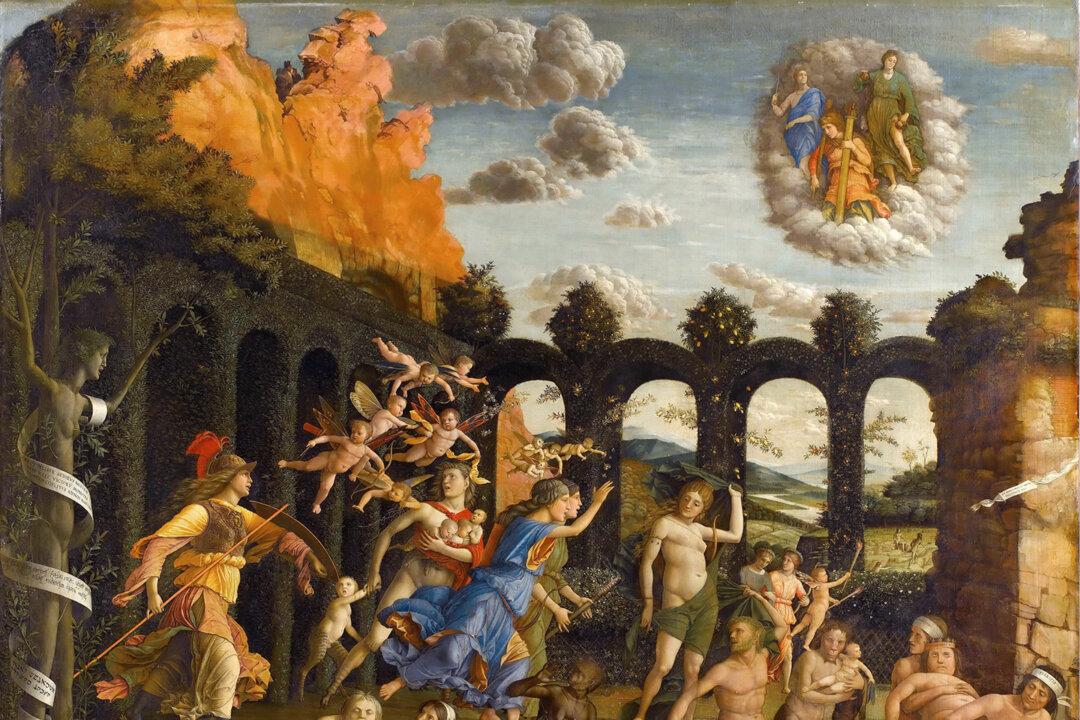It’s a hot summer day. A professor is preparing his lectures in his home office. He stretches and takes a much-needed break. He opens a window of his study to take in some fresh air and sunshine and, of course, to admire his garden. He notes with satisfaction that the seeds he planted the previous spring are growing and blooming. The sun shines on his leafy greens, the tops of carrots, the vines of tomatoes, and—oh no!—lots of weeds.
Too involved in his academic work over the past weeks, he failed to notice that his garden has been overrun with weeds. He goes out and, upon rueful inspection, sees a host of unwelcome plants. They’ve insidiously crept into his rows of squash, beans, and sunflowers. Time to weed.






